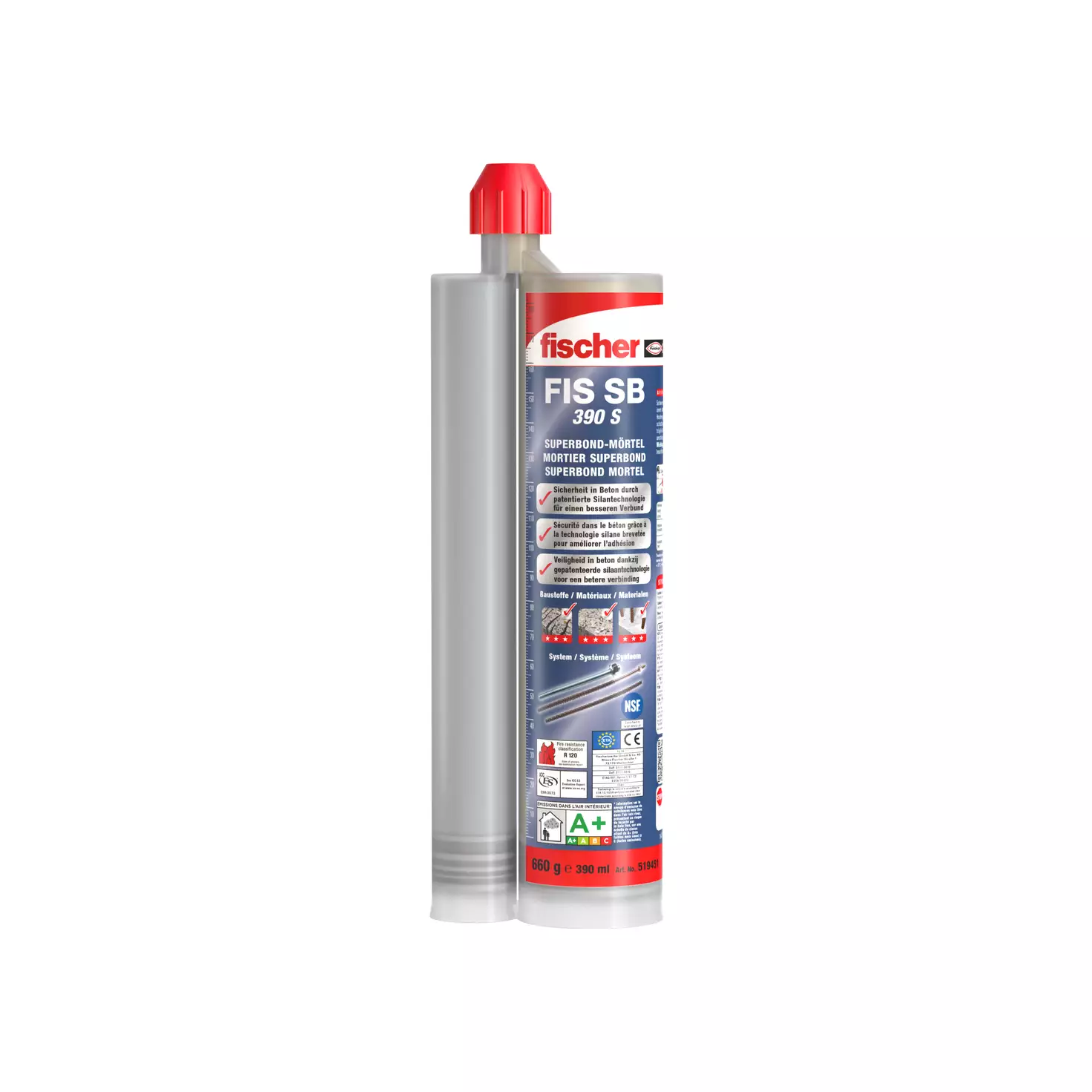Firstly, a hole is drilled with a drill into which the threaded rod or anchor rod is to be fastened later. It is important to ensure that the drill hole is thoroughly cleaned before use. Before injecting the mortar into the pre-drilled hole, make sure that the mortar is evenly coloured when it is pressed out. If the colour is uneven, the injection mortar must be mixed with a static mixer. If the mortar is uniform in colour, it can develop its full adhesive strength.
If a threaded rod or anchor rod is to be incorporated into a hollow masonry, a perforated sleeve must be used. The sieve sleeves are made of plastic or metal. Plastic sieve sleeves have a fixed size. Metal sieve sleeves can be cut to any size. Once the sleeve is the right size, it is inserted into the drilled hole. The sieve sleeve prevents the mortar from escaping through the cavities.
Once all the preparatory work has been completed, the injection mortar can be inserted into the drill hole. The drill hole is now slowly filled with mortar from the back to the front. The drill hole should not be filled completely to the stop, as the rod still needs to be screwed in. The rod is then screwed into the mortar. It is important here that the rod is not pushed into the hole, but screwed in. This ensures that the mortar is evenly worked into the thread and the rod is even better anchored. It should be noted that the mortar must be completely hardened before further work is carried out. Please refer to the product descriptions to find out how long a mortar needs to dry.

















